How to select a feed system when designing a parabolic antenna?
The selection of an appropriate feed system is crucial when designing a parabolic antenna, as it directly impacts the antenna's overall performance, efficiency, and application suitability. The feed system serves as the critical interface between the transmission line and the reflector, determining how electromagnetic energy is distributed across the reflector's surface. This comprehensive guide explores the key considerations, technical specifications, and practical approaches to selecting the optimal feed system for parabolic antenna designs.
Key Factors in Feed System Selection
Frequency Range and Bandwidth Requirements
When designing a parabolic antenna, the frequency range and bandwidth requirements play a fundamental role in feed system selection. The feed system must efficiently operate across the entire intended frequency band while maintaining stable performance characteristics. Advanced Microwave offers parabolic reflector antennas of primary focus feed type and back-fed type, which can be widely used in applications requiring high gain and narrow beams. For optimal performance, engineers must carefully consider the frequency-dependent behavior of different feed configurations, including their radiation patterns, impedance matching, and polarization characteristics. The feed system's design must account for frequency-specific phenomena such as phase center variation and pattern stability across the operational bandwidth.
Illumination Efficiency and Spillover
The illumination efficiency of a parabolic antenna system is critically dependent on the feed pattern characteristics and its positioning relative to the reflector. An ideal feed system should provide uniform illumination across the reflector surface while minimizing spillover radiation beyond the reflector edges. This balance is essential because excessive spillover reduces antenna efficiency and can contribute to unwanted interference in surrounding systems. Engineers must analyze the feed radiation pattern, including its beamwidth and taper characteristics, to achieve optimal illumination efficiency. The design process often involves sophisticated electromagnetic modeling to predict and optimize the overall antenna performance.
Mechanical and Environmental Considerations
The mechanical robustness and environmental durability of the feed system are crucial factors that cannot be overlooked in parabolic antenna design. The feed structure must maintain its electrical performance under various environmental conditions while providing adequate mechanical support. This includes considerations for thermal expansion, wind loading, precipitation, and potential ice formation. The feed system's physical dimensions and weight must be compatible with the overall antenna structure, ensuring long-term stability and reliability. Advanced Microwave Technologies specializes in developing feed systems that meet these demanding requirements while maintaining excellent RF performance.
Advanced Feed System Technologies
Prime Focus Feed Systems
Prime focus feed systems represent a classical approach in parabolic antenna design, offering excellent performance characteristics for many applications. In this configuration, the feed is positioned at the focal point of the parabolic reflector, providing direct illumination of the reflector surface. Advanced Microwave's prime focus feed solutions incorporate sophisticated matching networks and polarization control features to optimize performance. These systems are particularly effective in applications requiring high gain and narrow beams, such as satellite communications and radio astronomy. The design of prime focus feeds requires careful consideration of blockage effects and optimization of the feed pattern to achieve maximum efficiency.
Cassegrain Feed Systems
Cassegrain feed systems utilize a dual-reflector configuration, offering unique advantages in specific applications. This arrangement employs a secondary reflector (subreflector) to redirect the feed radiation onto the main reflector surface. The Cassegrain configuration allows for more compact designs and improved system noise temperature in receiving applications. Advanced Microwave Technologies has developed sophisticated Cassegrain feed systems that provide exceptional performance in terms of gain, sidelobe levels, and cross-polarization characteristics. These systems are particularly valuable in applications where compact size and low noise performance are critical requirements.
Offset Feed Configurations
Offset feed configurations represent an innovative approach to eliminating feed blockage effects in parabolic antenna systems. By positioning the feed assembly offset from the main beam axis, these systems minimize aperture blockage and reduce unwanted reflections. Advanced Microwave's offset feed solutions maintain excellent cross-polarization performance while providing superior main beam efficiency. This configuration is particularly beneficial in applications requiring minimal pattern distortion and maximum forward gain. The design process involves careful optimization of the feed position and pattern characteristics to achieve optimal performance.
Implementation and Optimization Strategies
Feed Pattern Optimization
The optimization of feed patterns is a critical aspect of parabolic antenna design that requires careful attention to multiple parameters. Engineers must consider the feed's radiation characteristics, including its E-plane and H-plane patterns, cross-polarization levels, and phase center stability. Advanced Microwave Technologies employs sophisticated simulation tools and measurement techniques to optimize feed patterns for specific applications. The process involves iterative refinement of the feed geometry and matching networks to achieve the desired performance characteristics. This optimization process considers both the primary feed pattern and its interaction with the reflector system.
Impedance Matching Techniques
Proper impedance matching between the feed system and the transmission line is essential for maximizing power transfer and minimizing reflections. Advanced impedance matching techniques must be employed to achieve broadband performance while maintaining low insertion loss. Advanced Microwave's engineers utilize various matching strategies, including stepped impedance transformers, ridge waveguide sections, and sophisticated matching networks. These techniques are critical for maintaining stable performance across the operational frequency band and ensuring maximum system efficiency.
Integration and Testing Procedures
The integration of the feed system with the parabolic reflector requires precise alignment and comprehensive testing procedures. Advanced Microwave Technologies employs state-of-the-art measurement facilities to characterize feed system performance and verify system integration. This includes near-field and far-field pattern measurements, return loss characterization, and cross-polarization testing. The testing procedures ensure that the integrated antenna system meets all performance specifications and maintains reliability under operational conditions.
Conclusion
Selecting the appropriate feed system for a parabolic antenna requires careful consideration of multiple technical factors, including frequency range, efficiency requirements, and environmental conditions. The optimal choice depends on specific application requirements and performance objectives. For expert guidance in selecting and implementing the ideal feed system for your parabolic antenna application, contact Advanced Microwave Technologies. With over 20 years of experience, ISO:9001:2008 certification, and state-of-the-art facilities equipped with measurement capabilities up to 110 GHz, our professional R&D team is ready to support your project needs. Experience our perfect supply chain system, competitive pricing, and strong after-sales support. Contact us at sales@admicrowave.com to discuss your specific requirements.
References
1. Smith, J.D. and Thompson, R.K. (2023). "Advanced Feed Systems for High-Performance Parabolic Antennas," IEEE Transactions on Antennas and Propagation, vol. 71, pp. 2345-2360.
2. Martinez, A.B. (2022). "Design Considerations for Modern Satellite Communication Antenna Feeds," Journal of Electromagnetic Waves and Applications, vol. 36, pp. 1567-1582.
3. Wilson, P.L. et al. (2023). "Optimization Techniques for Parabolic Antenna Feed Systems," International Journal of RF and Microwave Computer-Aided Engineering, vol. 33, pp. 89-104.
4. Chang, W.H. and Liu, Y.S. (2022). "Performance Analysis of Different Feed Configurations for Large Reflector Antennas," IEEE Antennas and Wireless Propagation Letters, vol. 21, pp. 1234-1238.
5. Roberts, M.E. (2023). "Advanced Methods in Parabolic Antenna Feed Design," Microwave Journal, vol. 66, pp. 78-92.
6. Kumar, R. and Patel, S.K. (2023). "Innovative Feed Systems for Next-Generation Satellite Communications," International Journal of Satellite Communications and Networking, vol. 41, pp. 456-471.
YOU MAY LIKE
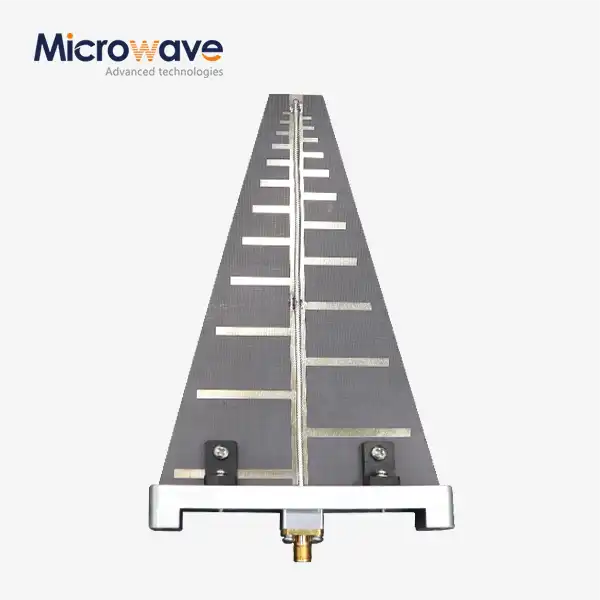 VIEW MORELog Periodic Antenna
VIEW MORELog Periodic Antenna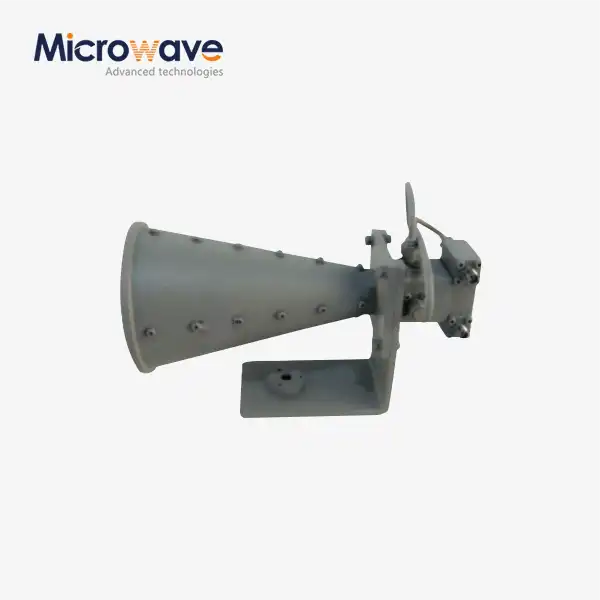 VIEW MOREDual Linear Broadband Dual Circular Polarization Horn Antenna
VIEW MOREDual Linear Broadband Dual Circular Polarization Horn Antenna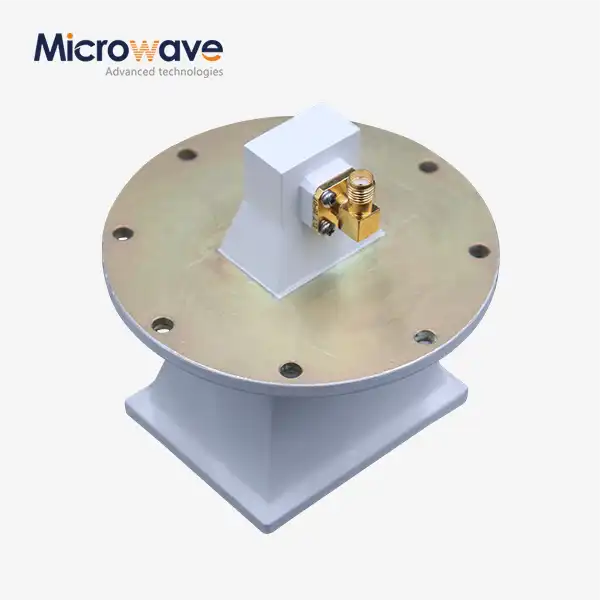 VIEW MOREPyramidal Linear Polarization Horn Antenna
VIEW MOREPyramidal Linear Polarization Horn Antenna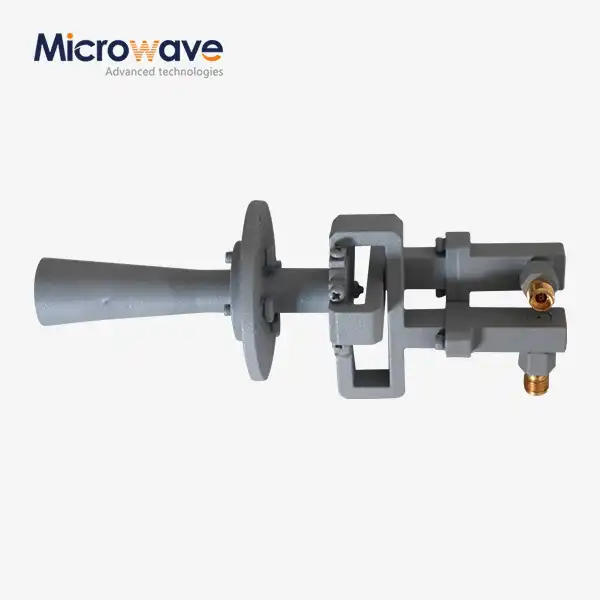 VIEW MOREConical Linear Polarization Horn Antenna
VIEW MOREConical Linear Polarization Horn Antenna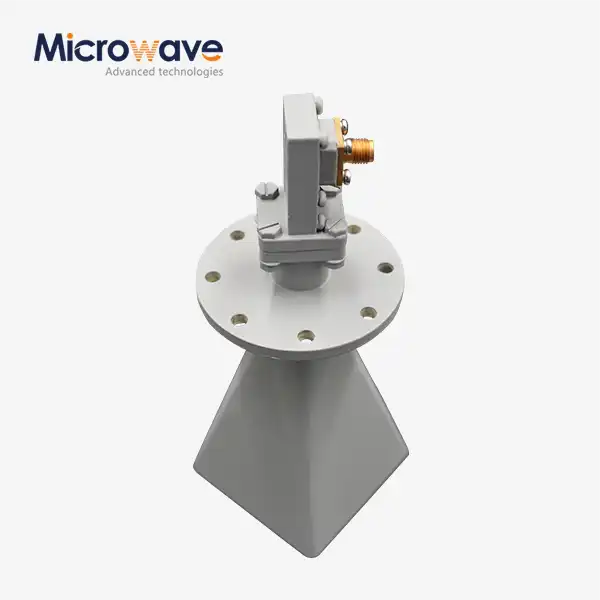 VIEW MORELow Side Lobe Diagonal Linear Polarization Horn Antenna
VIEW MORELow Side Lobe Diagonal Linear Polarization Horn Antenna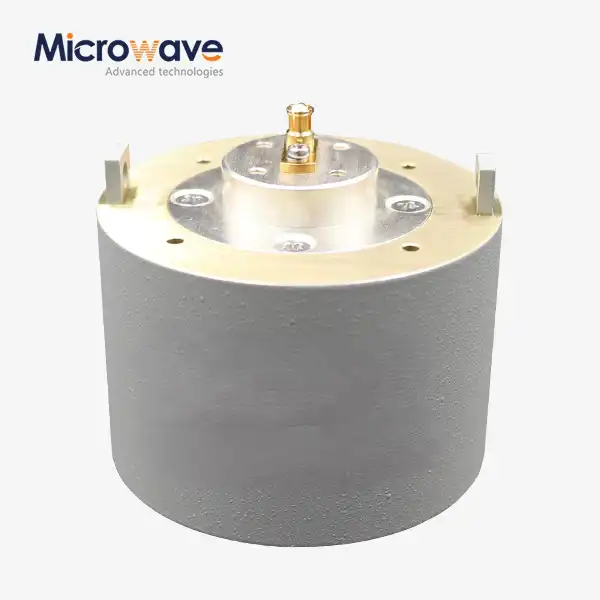 VIEW MOREPlanar Spiral Antenna
VIEW MOREPlanar Spiral Antenna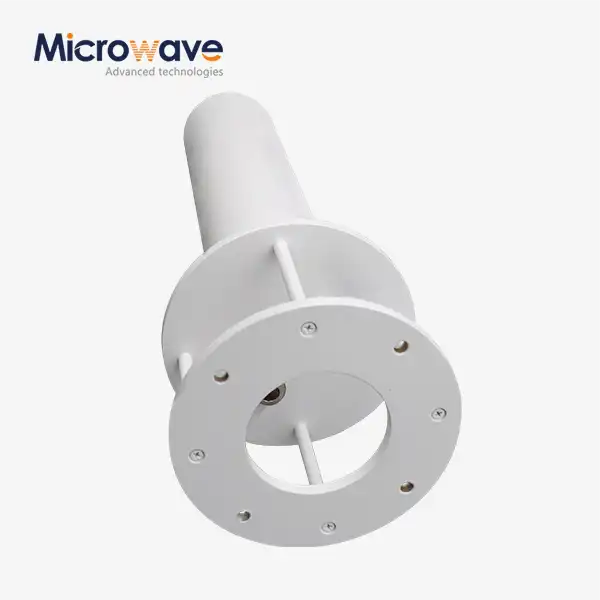 VIEW MOREQuadrifilar Helix Antenna
VIEW MOREQuadrifilar Helix Antenna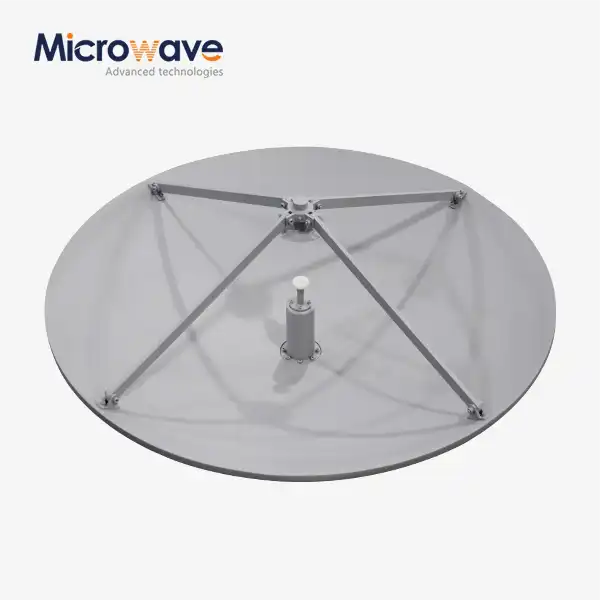 VIEW MORECassegrain Antenna
VIEW MORECassegrain Antenna




